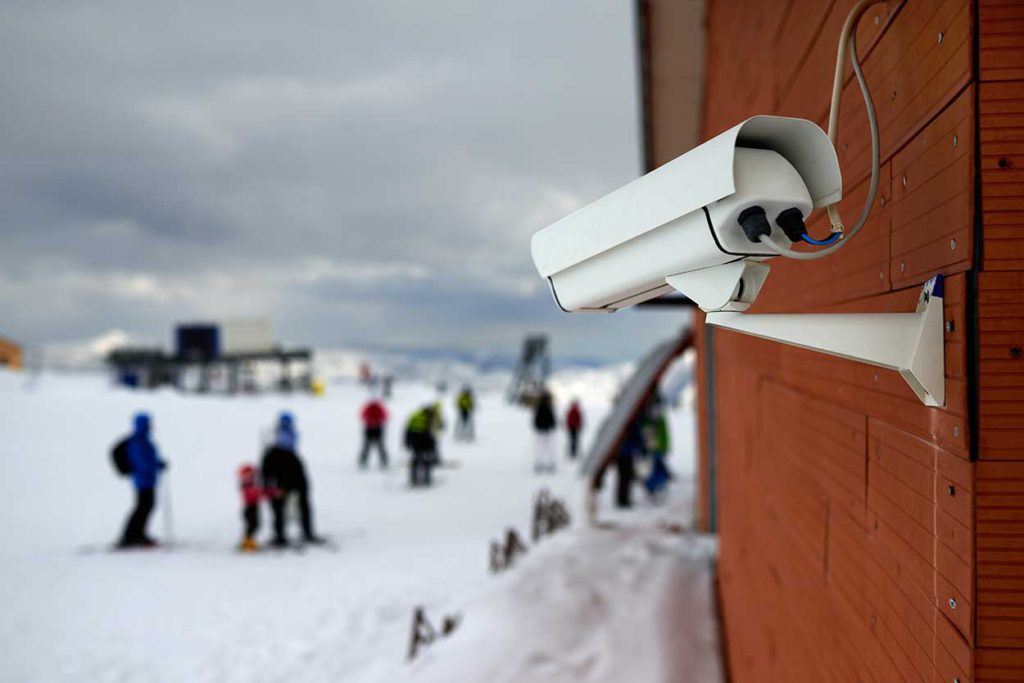In personal injury cases, proving liability is often one of the most challenging aspects of securing fair compensation. Eyewitness accounts and physical evidence play a crucial role, but surveillance cameras have emerged as one of the most powerful tools in establishing fault. These cameras provide objective, time-stamped footage that can be critical in determining who is responsible for an accident or injury.
How Surveillance Footage Strengthens a Case
- Objective Evidence – Unlike witness testimony, which can be subjective or unreliable, surveillance footage captures real-time events exactly as they occurred.
- Corroboration of Witness Testimony – When multiple forms of evidence align with surveillance footage, it strengthens the credibility of the claim.
- Identifying Negligence – Video evidence can clearly show if a party acted recklessly, violated traffic laws, or failed to take necessary precautions.
- Disproving False Claims – If the opposing party attempts to distort facts or fabricate an alibi, surveillance footage can expose inconsistencies and misrepresentations.
Common Sources of Surveillance Footage
- Traffic Cameras – Found at intersections, these cameras often capture car accidents and pedestrian injuries.
- Business Security Cameras – Stores, restaurants, and office buildings frequently have surveillance systems that can record slip-and-fall accidents or other injuries on their premises.
- Home Security Systems – Doorbell cameras and private security systems can sometimes capture incidents occurring near residential properties.
- Public Surveillance Cameras – Cities often have security cameras in public parks, transit stations, and high-traffic areas.
- Dash Cams – Many vehicles now come equipped with dashboard cameras that can provide valuable footage in vehicle collisions.
Legal Considerations for Using Surveillance Footage
While video evidence can be invaluable in proving liability, there are legal factors to consider:
- Admissibility in Court – The footage must be relevant, clear, and obtained legally to be used as evidence.
- Privacy Laws – Video recordings in public places are generally permissible, but footage taken in private settings without consent may be inadmissible.
- Tampering and Chain of Custody – Ensuring that the footage has not been altered is crucial for maintaining its credibility.
- Timeliness – Many surveillance systems overwrite old footage periodically, so it is critical to request and preserve relevant videos as soon as possible.
Steps to Obtain Surveillance Footage
- Identify Potential Cameras – Determine if any nearby cameras may have captured the incident.
- Request Footage Promptly – Contact businesses, property owners, or authorities before the footage is deleted.
- Work with an Attorney – A legal professional can issue subpoenas if necessary to obtain footage.
- Secure and Preserve Evidence – Properly storing and authenticating the footage ensures it remains a reliable piece of evidence.
Conclusion
Surveillance cameras have become an indispensable tool in personal injury cases, providing clear, objective evidence that can help establish liability. Whether captured by traffic cameras, business security systems, or dash cams, video footage can be the key to proving negligence and securing fair compensation. However, it is crucial to act quickly in obtaining and preserving this evidence while adhering to legal guidelines. If you have been involved in an accident, consulting with an experienced Houston personal injury lawyer can help ensure that all available evidence is utilized effectively in your case.


